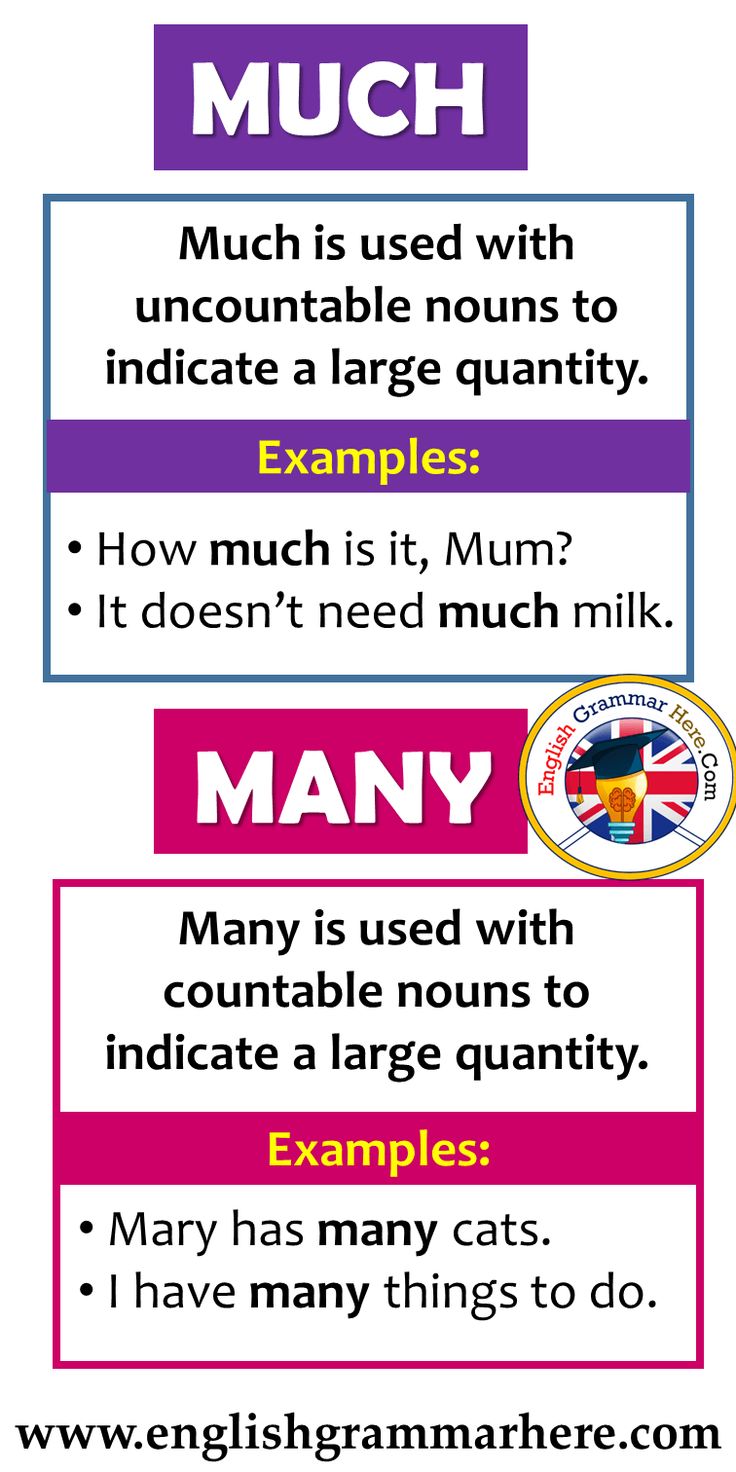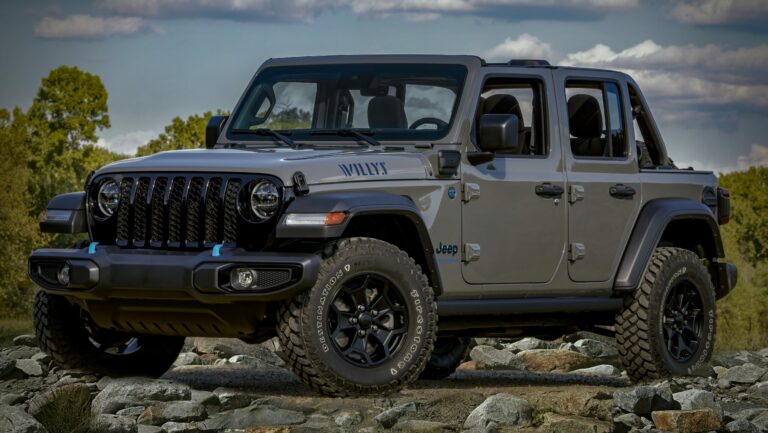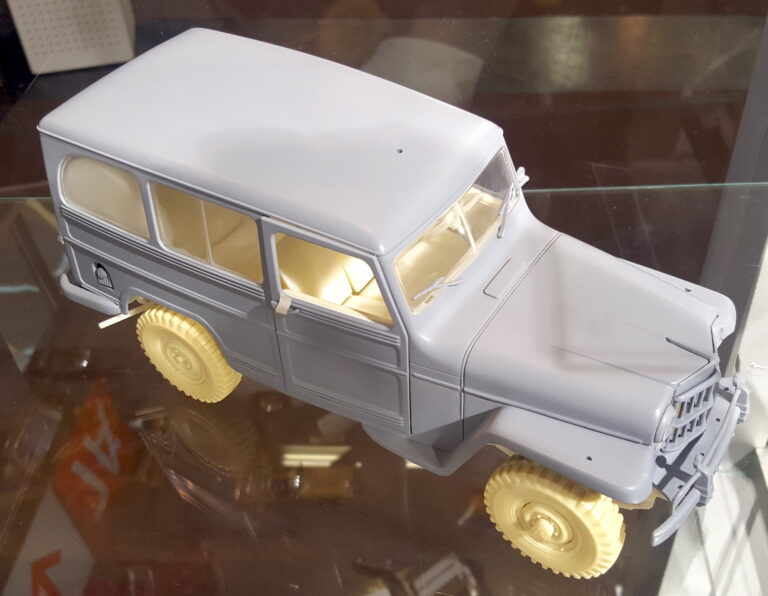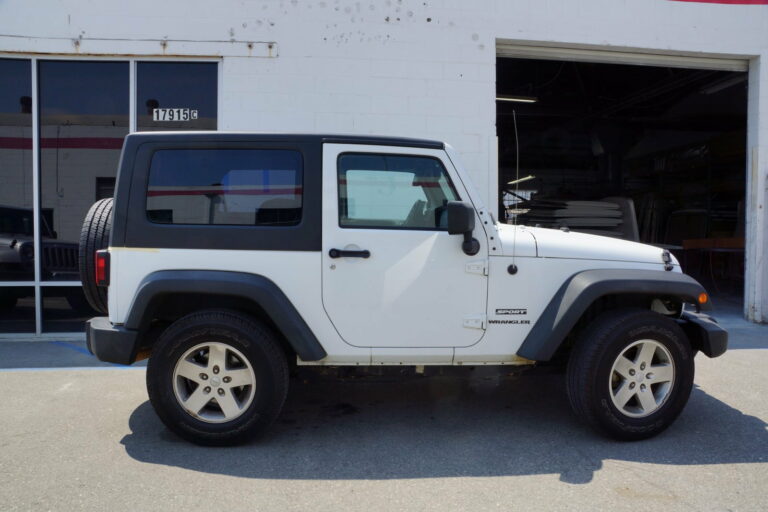How Much Can A 2018 Jeep Wrangler Tow?
How Much Can A 2018 Jeep Wrangler Tow? jeeps.truckstrend.com
The Jeep Wrangler is an icon of adventure, renowned for its rugged off-road capability, open-air freedom, and unmistakable style. For many, it embodies the spirit of exploration. But beyond its trail-conquering prowess, a common question arises for prospective owners and enthusiasts alike: how much can a 2018 Jeep Wrangler tow? Understanding your Wrangler’s towing capacity isn’t just about hauling gear; it’s crucial for safety, vehicle longevity, and maximizing the utility of your adventurous companion.
The 2018 model year is particularly interesting for the Wrangler as it marked a transition between two generations: the outgoing JK and the newly introduced JL. This means that towing capacities and contributing factors can vary significantly depending on which 2018 Wrangler you own. This comprehensive guide will delve into the specifics of the 2018 Jeep Wrangler’s towing capabilities, explore the factors that influence them, and provide essential advice for safe and effective towing.
How Much Can A 2018 Jeep Wrangler Tow?
Understanding Towing Capacity: The Basics for Your 2018 Wrangler
Before we dive into the numbers, let’s clarify what towing capacity means. It’s the maximum weight a vehicle can safely pull, including the weight of the trailer and its cargo. Several key terms are associated with towing:
- Gross Vehicle Weight Rating (GVWR): The maximum allowable weight of the fully loaded vehicle, including passengers, cargo, and any tongue weight from a trailer.
- Gross Combined Weight Rating (GCWR): The maximum allowable weight of the tow vehicle and the loaded trailer combined.
- Tongue Weight: The downward force exerted by the trailer’s tongue on the vehicle’s hitch. It’s typically 10-15% of the total trailer weight and is crucial for stable towing.
- Gross Axle Weight Rating (GAWR): The maximum weight that can be safely supported by a single axle (front or rear).

For the 2018 model year, Jeep offered two distinct Wrangler platforms:
- Wrangler JK (2007-2018): The outgoing, previous generation, known for its solid axles and robust build.
- Wrangler JL (2018-present): The completely redesigned, lighter, and more refined new generation, featuring updated engines, transmissions, and improved on-road manners.

This distinction is vital because while both share similar general towing capacities for equivalent body styles, the underlying engineering and available powertrains differ.
2018 Jeep Wrangler JK Towing Capacity: The Classic Performer
The 2018 Jeep Wrangler JK, representing the final year of the long-running JK platform, came equipped exclusively with the venerable 3.6-liter Pentastar V6 engine. This engine was paired with either a 6-speed manual or a 5-speed automatic transmission.
- 2018 Jeep Wrangler JK (2-Door):

- Maximum Towing Capacity: 2,000 lbs
- Maximum Tongue Weight: 200 lbs
- The 2-door JK, regardless of trim (Sport, Sahara, Rubicon), is generally limited to 2,000 lbs. Its shorter wheelbase makes it less stable for heavier loads, hence the lower rating.
- 2018 Jeep Wrangler JK Unlimited (4-Door):
- Maximum Towing Capacity: 3,500 lbs
- Maximum Tongue Weight: 350 lbs
- The 4-door JK Unlimited benefits from a longer wheelbase, which significantly improves stability when towing. This allows it to safely pull heavier loads up to 3,500 lbs.
For the JK, achieving these maximum capacities often requires the factory "Trailer Tow Group" or "Max Tow Package," which includes a hitch receiver, wiring harness, and sometimes heavier-duty cooling or braking components.
2018 Jeep Wrangler JL Towing Capacity: The Next-Gen Capability
The 2018 Jeep Wrangler JL marked a significant leap forward in design, technology, and powertrain options. It introduced two engine choices and more advanced transmissions, which could subtly influence towing dynamics, though the core capacities remained similar to the JK for comparable body styles.
- 2018 Jeep Wrangler JL (2-Door):
- Maximum Towing Capacity: 2,000 lbs
- Maximum Tongue Weight: 200 lbs
- Like its JK predecessor, the 2-door JL is rated for a maximum of 2,000 lbs due to its compact wheelbase. This applies to both the 3.6L Pentastar V6 and the new 2.0L Turbo I4 engine options.
- 2018 Jeep Wrangler JL Unlimited (4-Door):
- Maximum Towing Capacity: 3,500 lbs (Standard)
- Maximum Tongue Weight: 350 lbs (Standard)
- The 4-door JL Unlimited also maintains a standard towing capacity of 3,500 lbs, consistent with the JK Unlimited. This applies to both the 3.6L Pentastar V6 and 2.0L Turbo I4 engines when properly equipped.
- Important Note for JL: While 3,500 lbs is the common and safe maximum for most 4-door JL configurations, some very specific configurations of the 2018 JL Unlimited (particularly those with the 2.0L Turbo engine and the optional 4.10 axle ratio paired with a factory Max Tow Package) could technically be rated for up to 5,000 lbs. However, this is exceptionally rare for the 2018 model year and is not the general rule. Always consult your specific vehicle’s owner’s manual and door jamb sticker for precise figures. For practical purposes and safety, assume 3,500 lbs as the upper limit for most 4-door 2018 JLs.
Key Factors Influencing Your Wrangler’s Towing Prowess
Beyond the basic 2-door/4-door distinction, several other factors play a crucial role in your 2018 Wrangler’s actual towing performance and safety:
- Engine and Transmission:
- JK (3.6L V6): A proven workhorse, capable for its rated limits.
- JL (3.6L V6 & 2.0L Turbo I4): The JL’s 8-speed automatic transmission offers more gears, which can lead to smoother power delivery and better fuel economy while towing compared to the JK’s 5-speed auto. The 2.0L turbo, with its peak torque arriving earlier, can feel more responsive when accelerating with a load.
- Axle Ratio: This is one of the most significant mechanical factors. A higher numerical axle ratio (e.g., 4.10 vs. 3.21) means more torque at the wheels, making it easier to pull heavy loads, especially from a stop or uphill. However, it typically results in higher engine RPMs at highway speeds and slightly worse fuel economy when not towing. Wranglers with lower axle ratios (e.g., 3.21 for JK, 3.45 for JL) will struggle more with heavier loads, even if technically within the capacity.
- Factory Tow Package: Essential for maximizing your Wrangler’s towing potential and ensuring safety. These packages typically include:
- Trailer Hitch Receiver: A robust mounting point for your trailer ball.
- Trailer Tow Wiring Harness: Provides power for trailer lights (brake, turn, running lights).
- Heavy-Duty Engine Cooling: Helps prevent overheating when under load.
- Heavy-Duty Brakes: Enhanced braking components to manage the increased weight.
- Wheelbase: As highlighted, the longer wheelbase of the 4-door Unlimited models provides significantly greater stability, reducing trailer sway and making for a safer towing experience.
- Tire Size and Type: Larger, heavier, or more aggressive off-road tires can reduce your effective towing capacity. They add rotational mass, increase rolling resistance, and may require more power from the engine, impacting performance and potentially increasing strain on the drivetrain.
- Aftermarket Modifications: Lift kits, heavy aftermarket bumpers, winches, and oversized tires all add weight and change the vehicle’s geometry, which can reduce the effective towing capacity and negatively impact stability. Always re-evaluate your vehicle’s capabilities after such modifications.
Safe Towing Practices with Your 2018 Wrangler
Knowing your Wrangler’s capacity is only half the battle. Safe towing requires proper equipment, preparation, and careful driving.
- Verify Your Specific Vehicle’s Capacity: Always consult your 2018 Wrangler’s owner’s manual and the sticker on the driver’s side door jamb for the exact GCWR, GVWR, and maximum towing capacity for your specific configuration.
- Calculate All Weights: Don’t just estimate. Weigh your loaded trailer, and ensure your tongue weight is within the recommended 10-15% of the total trailer weight. Do not exceed your Wrangler’s GVWR or GAWR.
- Use the Right Hitch and Ball: Ensure your hitch receiver (typically Class II for 2,000 lbs, Class III for 3,500 lbs) and hitch ball are rated for the weight you’re towing. The ball size must match the trailer coupler.
- Consider a Brake Controller: For trailers over 1,000-1,500 lbs or those equipped with electric brakes, a trailer brake controller is highly recommended, and often legally required. This device allows you to activate the trailer’s brakes independently or in conjunction with your Wrangler’s brakes, significantly improving stopping power and control.
- Trailer Brakes are Crucial: If your trailer is heavy enough to require brakes, ensure they are in good working order and properly connected.
- Weight Distribution Hitch (for heavier loads): While not always necessary for the Wrangler’s maximum capacities, a weight distribution hitch can improve stability and distribute the trailer’s tongue weight more evenly across both vehicle axles, reducing sag and improving handling.
- Perform a Pre-Trip Inspection:
- Check all lights (brake, turn, running) on both the Wrangler and the trailer.
- Ensure all tires (vehicle and trailer) are properly inflated to recommended pressures.
- Verify all connections are secure (hitch, safety chains, electrical).
- Check fluid levels (engine oil, transmission fluid, coolant) in your Wrangler.
- Adjust Your Driving Style:
- Reduce Speed: Drive slower than usual, especially on highways and winding roads.
- Increase Following Distance: You’ll need more time and distance to stop with a trailer.
- Wider Turns: Account for the trailer’s length when turning, especially in tight spaces.
- Anticipate Stops: Begin braking earlier and more gradually.
- Monitor Mirrors: Frequently check your side mirrors for trailer sway or traffic.
- Avoid Sudden Movements: Smooth acceleration, braking, and steering are key to preventing sway.
- Load Distribution on Trailer: Load your trailer so that approximately 60% of the cargo weight is in front of the trailer’s axle(s) and 40% behind. This helps achieve proper tongue weight and reduces sway.
What Can a 2018 Jeep Wrangler Actually Tow? (Examples)
Given the 2,000 lbs (2-door) and 3,500 lbs (4-door) capacities, here are some common examples of what your 2018 Wrangler can likely tow:
- 2-Door Wrangler (2,000 lbs max):
- Small utility trailer with light yard waste or furniture.
- Single jet ski or small personal watercraft.
- Small aluminum fishing boat (12-14 ft, empty).
- Motorcycle on a lightweight trailer.
- Lightweight teardrop camper or pop-up tent trailer (check specific weights carefully).
- 4-Door Wrangler Unlimited (3,500 lbs max):
- Larger utility trailers with heavier loads (e.g., ATV, dirt bikes, small lumber loads).
- Most pop-up campers or small travel trailers (again, verify GVWR of trailer).
- Small to medium-sized fishing boats.
- Snowmobiles on a trailer.
- A small horse trailer (empty, or with one very light horse, extremely cautiously and ensuring it’s well within limits).
Always remember that these are examples. The actual weight of a trailer can vary significantly based on its construction, amenities, and how it’s loaded. Never assume; always verify.
2018 Jeep Wrangler Towing Capacity Table
Here’s a comprehensive overview of the 2018 Jeep Wrangler’s towing capabilities:
| Model Year | Generation | Body Style | Engine | Standard Axle Ratio (Common) | Max Towing Capacity (lbs) | Max Tongue Weight (lbs) | Key Considerations |
|---|---|---|---|---|---|---|---|
| 2018 | JK | 2-Door | 3.6L Pentastar V6 | 3.21 / 3.73 / 4.10 | 2,000 | 200 | Shorter wheelbase limits capacity. Requires factory tow package for safe towing. |
| 2018 | JK | 4-Door Unlimited | 3.6L Pentastar V6 | 3.21 / 3.73 / 4.10 | 3,500 | 350 | Longer wheelbase for improved stability. Factory tow package highly recommended. Axle ratio impacts towing performance. |
| 2018 | JL | 2-Door | 3.6L Pentastar V6 / 2.0L Turbo I4 | 3.45 / 3.73 / 4.10 | 2,000 | 200 | Consistent capacity regardless of engine for 2-door. Shorter wheelbase limits capacity. |
| 2018 | JL | 4-Door Unlimited | 3.6L Pentastar V6 / 2.0L Turbo I4 | 3.45 / 3.73 / 4.10 | 3,500 | 350 | Standard max for most JL Unlimiteds. Factory tow package is critical. While some rare JL configurations (e.g., 2.0L Turbo with specific options/axle ratios) might be rated for up to 5,000 lbs, 3,500 lbs is the common and safe maximum for the vast majority. Always consult your owner’s manual for specific figures. |
Frequently Asked Questions (FAQ) About 2018 Jeep Wrangler Towing
Q1: Can a 2-door 2018 Jeep Wrangler tow 3,500 lbs?
A1: No. Both the 2018 JK and JL 2-door Wrangler models are generally limited to a maximum towing capacity of 2,000 lbs. This is primarily due to their shorter wheelbase, which provides less stability when towing heavier loads.
Q2: Do I need a special tow package to tow with my 2018 Wrangler?
A2: While you can technically attach a hitch to any Wrangler, a factory "Trailer Tow Group" or "Max Tow Package" is highly recommended, and often necessary, to achieve the maximum advertised towing capacities safely. These packages include essential components like a proper hitch receiver, wiring harness for trailer lights, and sometimes heavy-duty cooling.
Q3: How can I find the exact towing capacity for my specific 2018 Wrangler?
A3: The most accurate information will be found in your vehicle’s owner’s manual or on the safety compliance certification label (usually located on the driver’s side door jamb). This label lists your specific vehicle’s GVWR, GAWRs, and often the GCWR, from which you can deduce the maximum towing capacity.
Q4: Will lifting my 2018 Wrangler or putting on larger tires affect its towing capacity?
A4: Yes, absolutely. Aftermarket modifications like lift kits, heavy bumpers, winches, and especially larger, heavier tires can significantly reduce your Wrangler’s effective towing capacity and negatively impact its stability. These modifications add weight, change the vehicle’s center of gravity, and put more strain on the drivetrain and brakes. It’s advisable to consult with a professional if you plan to tow after such modifications.
Q5: What is "tongue weight" and why is it important for towing with my Wrangler?
A5: Tongue weight is the downward force the trailer’s tongue exerts on the hitch receiver of your tow vehicle. For safe towing, it should typically be 10-15% of the total loaded trailer weight. Too little tongue weight can cause dangerous trailer sway, while too much can overload your Wrangler’s rear suspension and axles, affecting steering and braking.
Q6: Do I need trailer brakes for the loads a 2018 Wrangler can tow?
A6: Yes, for most trailers over 1,000-1,500 lbs (check your local regulations), trailer brakes are legally required and crucial for safety. A brake controller installed in your Wrangler allows you to operate the trailer’s brakes, providing vital stopping power and control, especially with heavier loads.
Q7: Is the 2018 Wrangler JK or JL better for towing?
A7: Both the JK and JL 4-door models share the same general 3,500 lbs towing capacity. The JL, with its more modern 8-speed automatic transmission and refined suspension, might offer a slightly smoother and more controlled towing experience on pavement. However, both are competent within their rated limits when properly equipped and operated.
Conclusion
The 2018 Jeep Wrangler, whether you own the classic JK or the redesigned JL, is more than just an off-road beast; it’s a versatile vehicle capable of handling a variety of towing tasks. The key takeaway is to understand and respect its limits: 2,000 lbs for 2-door models and generally 3,500 lbs for 4-door Unlimited models.
Achieving these capacities safely hinges on proper equipment, meticulous weight management, and adherence to safe towing practices. Always consult your specific vehicle’s owner’s manual, invest in the right towing accessories like a factory tow package and potentially a brake controller, and adjust your driving style to account for the added load. By doing so, you can confidently utilize your 2018 Jeep Wrangler’s towing capabilities, expanding its utility and enabling even more adventures on and off the beaten path.







